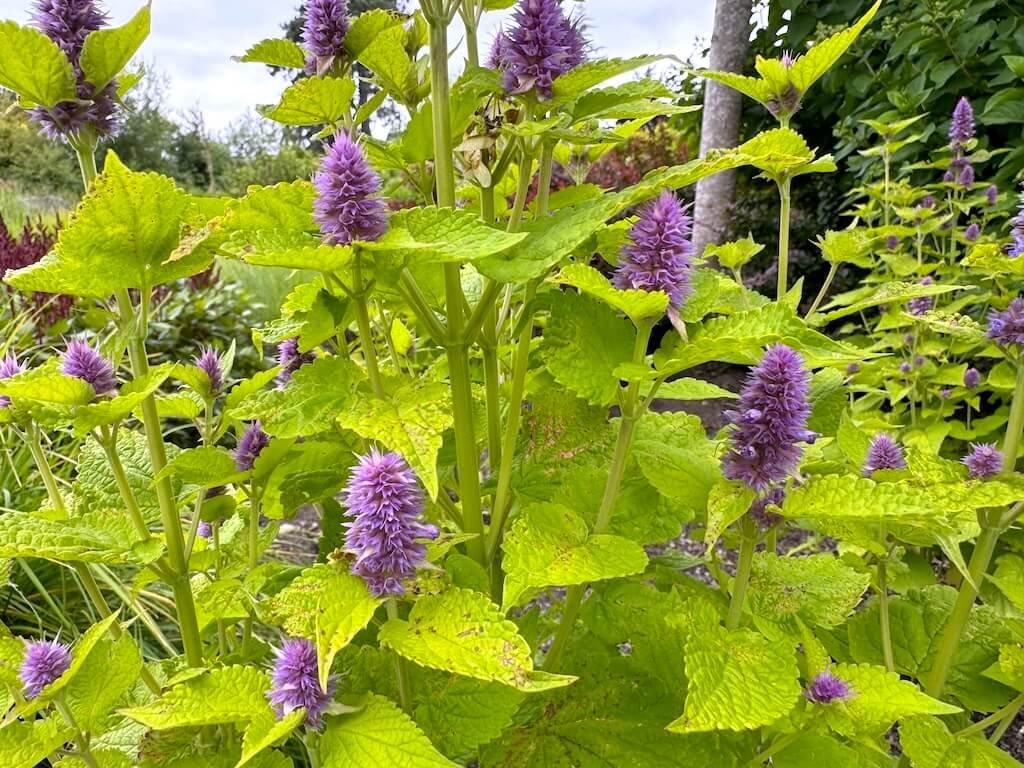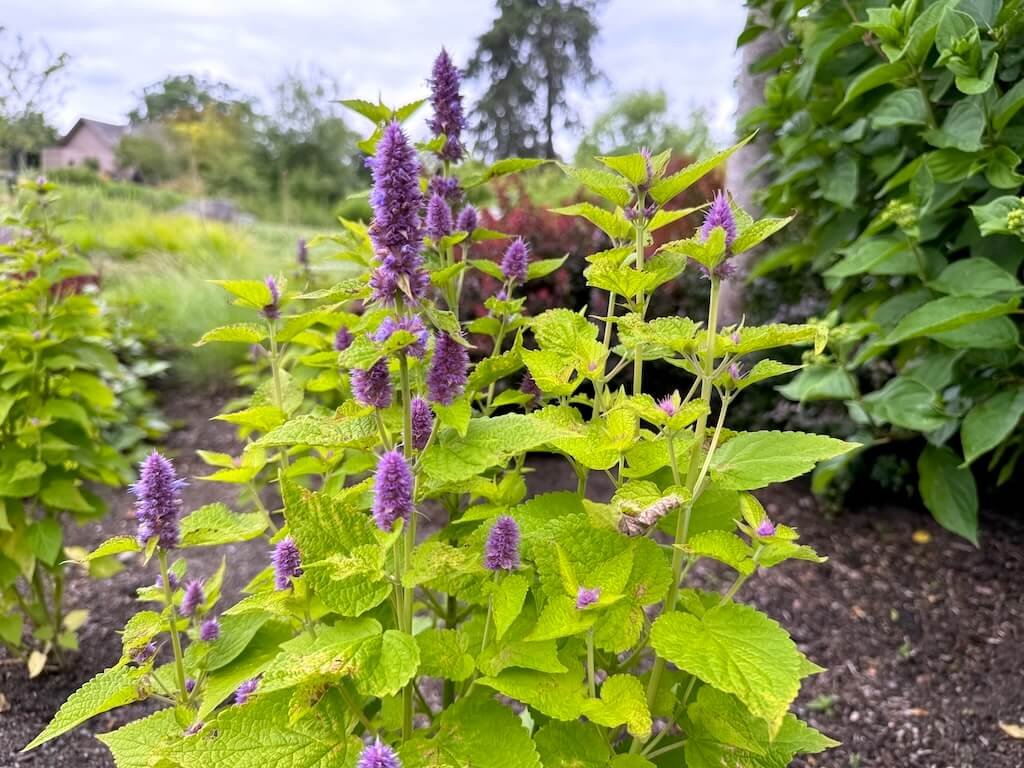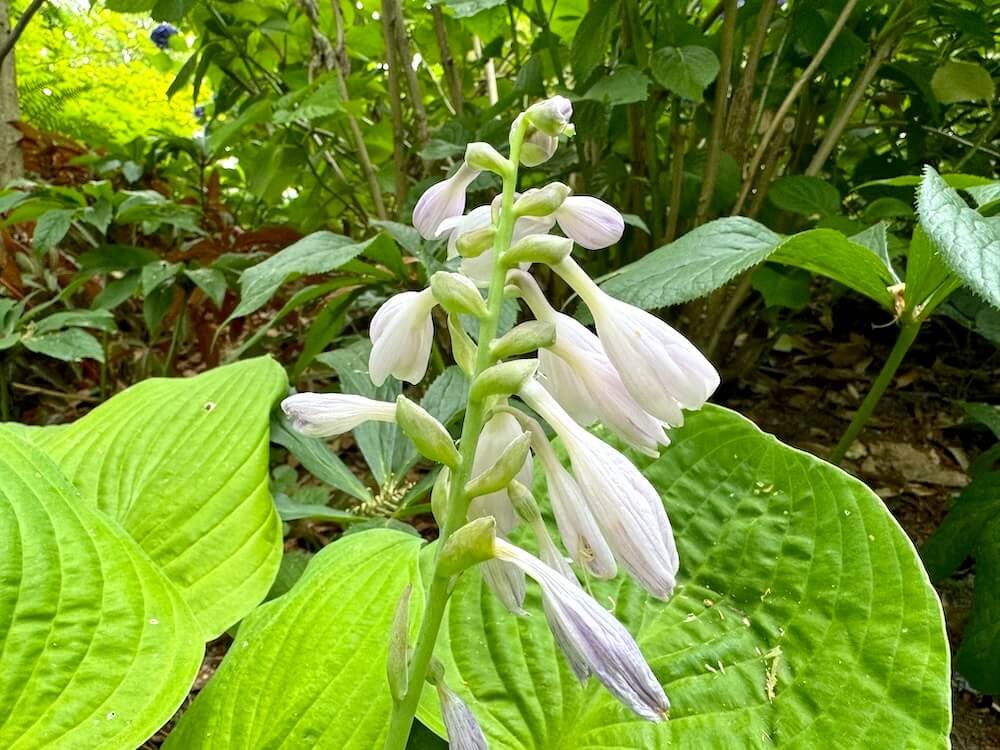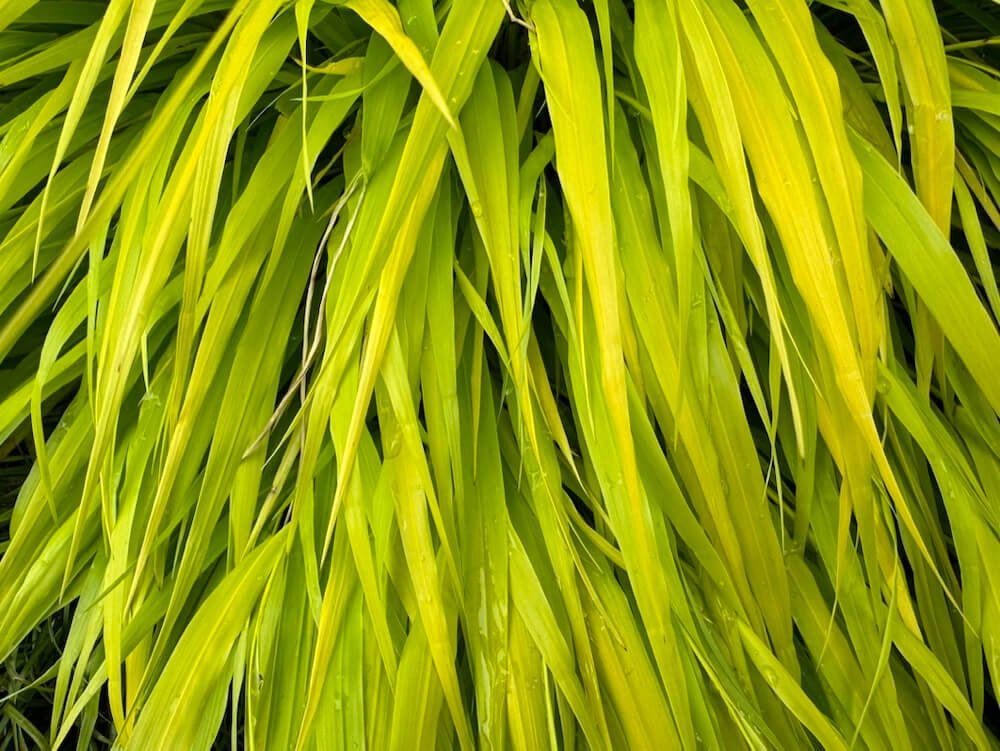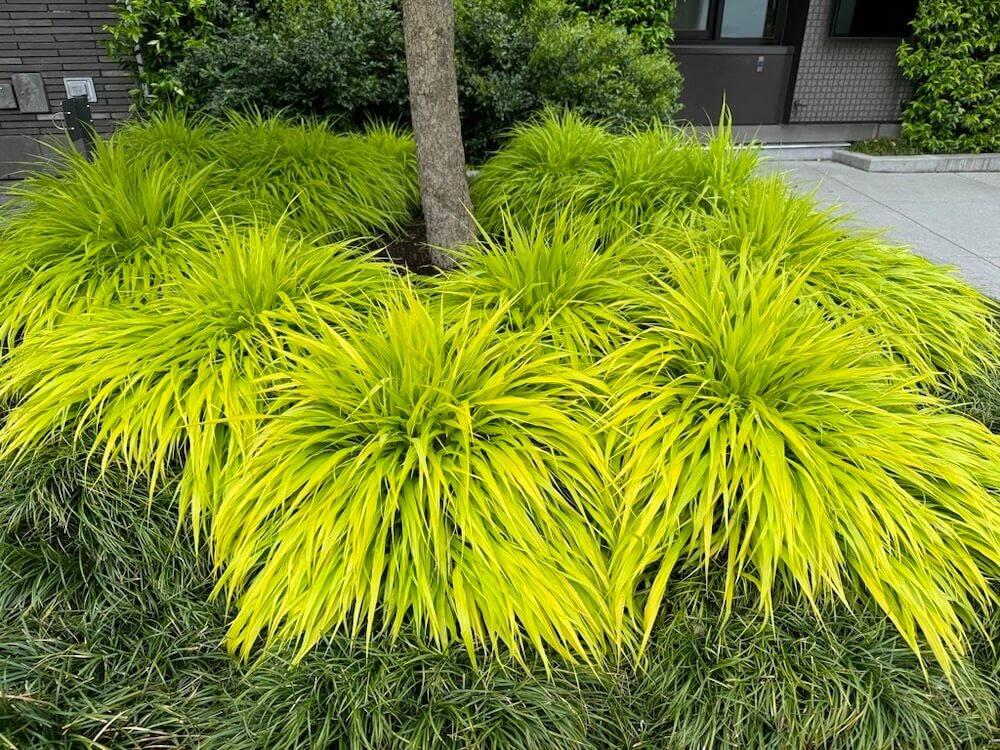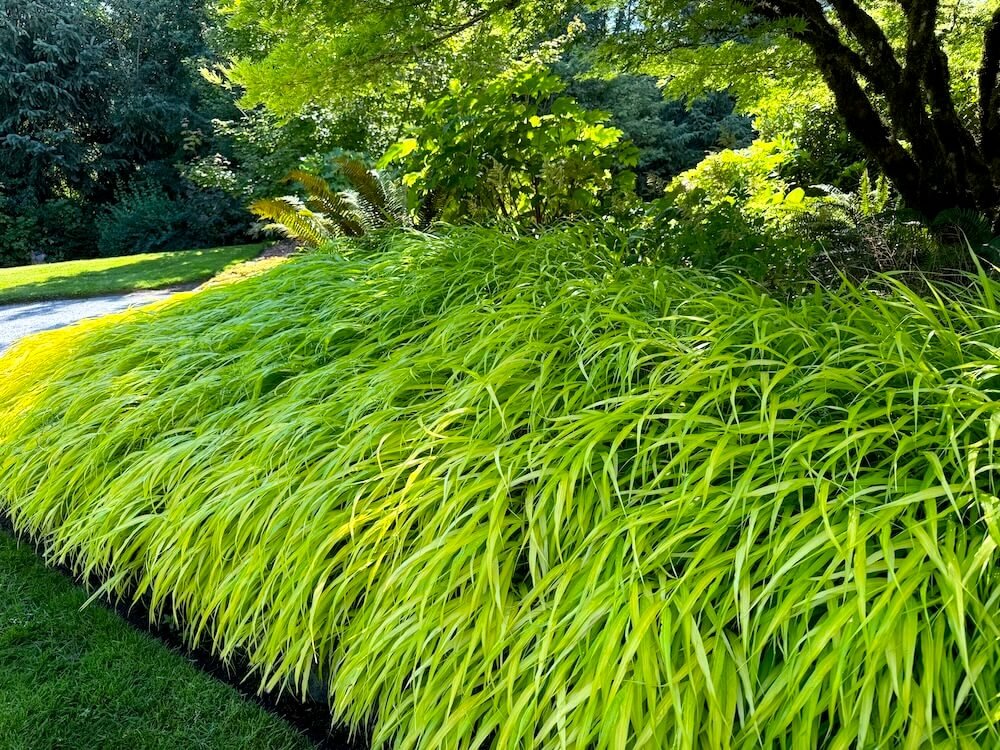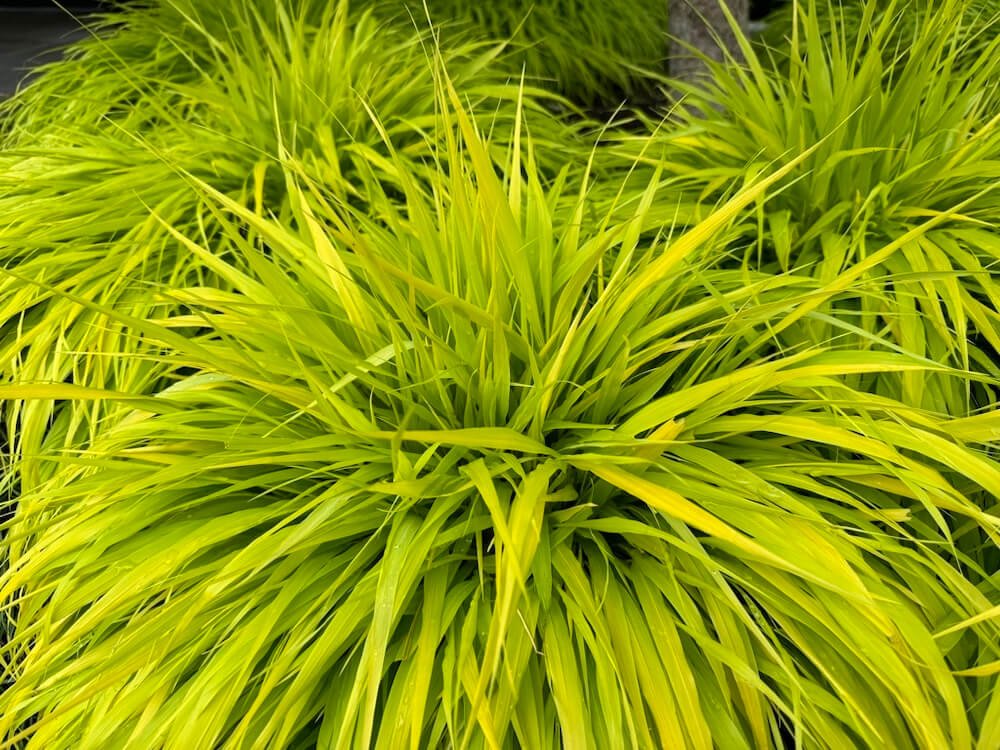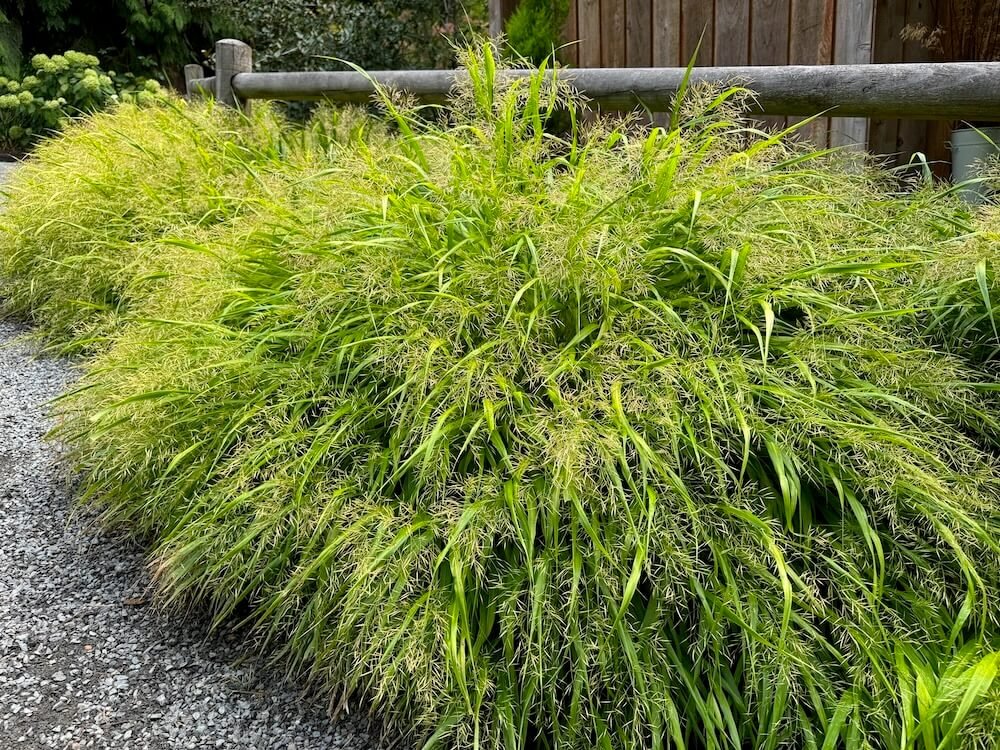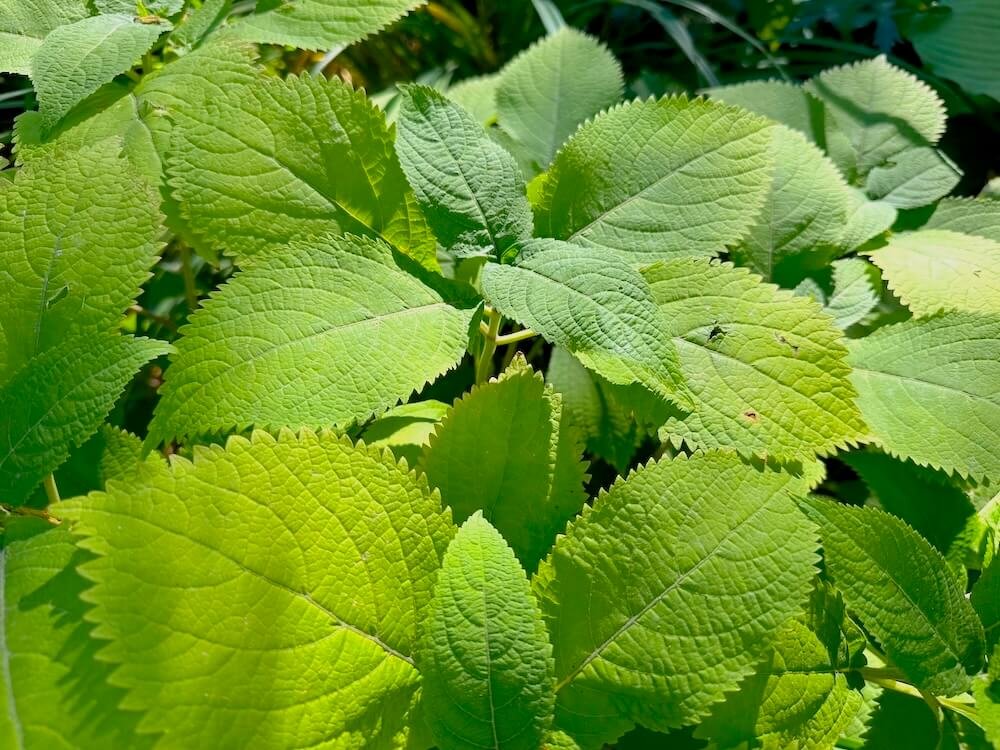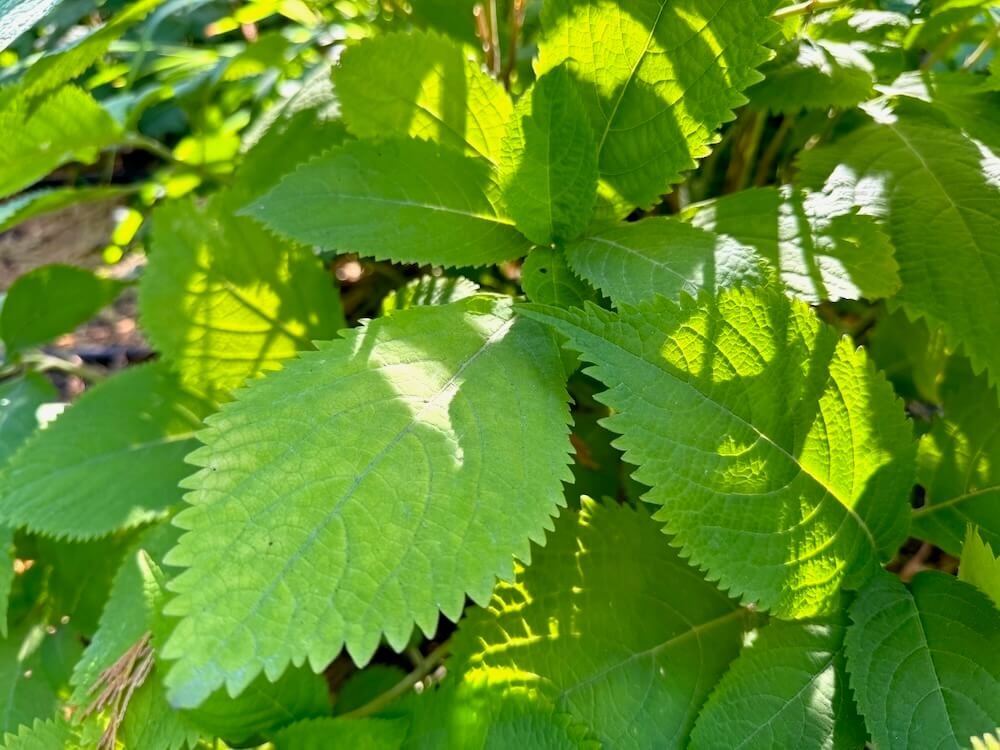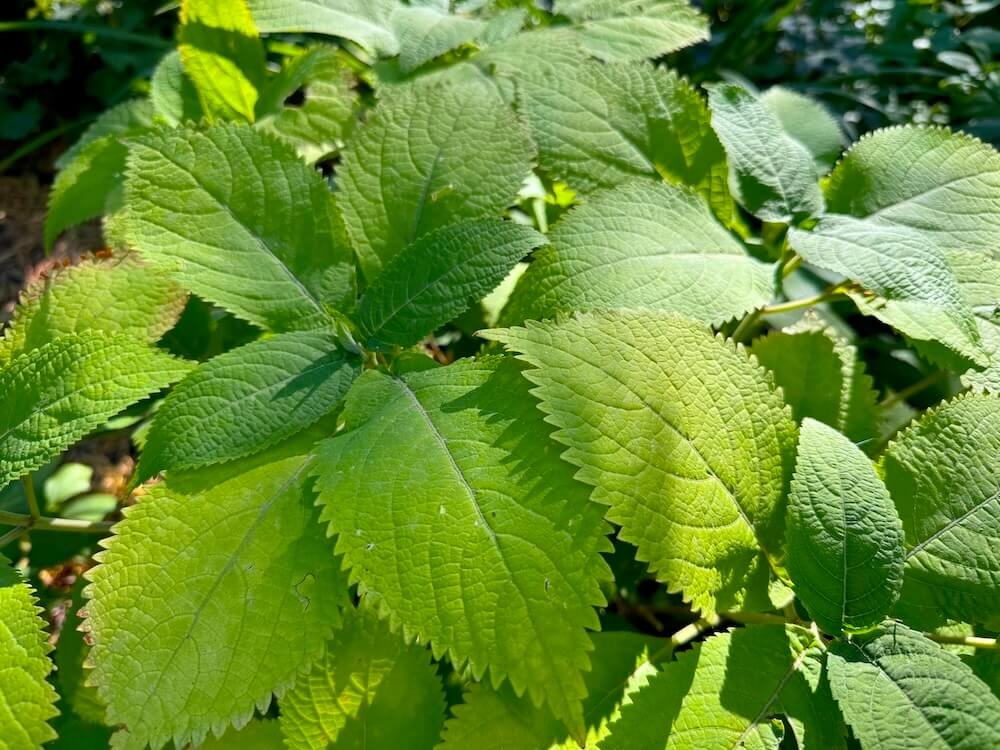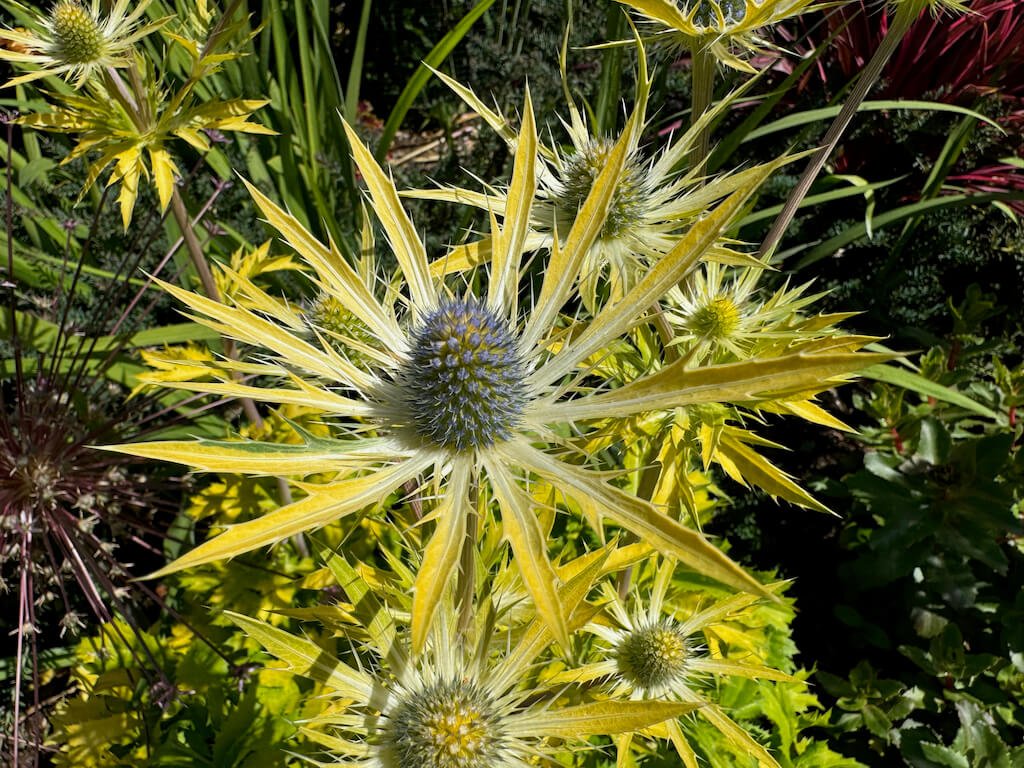 Image 1 of 3
Image 1 of 3

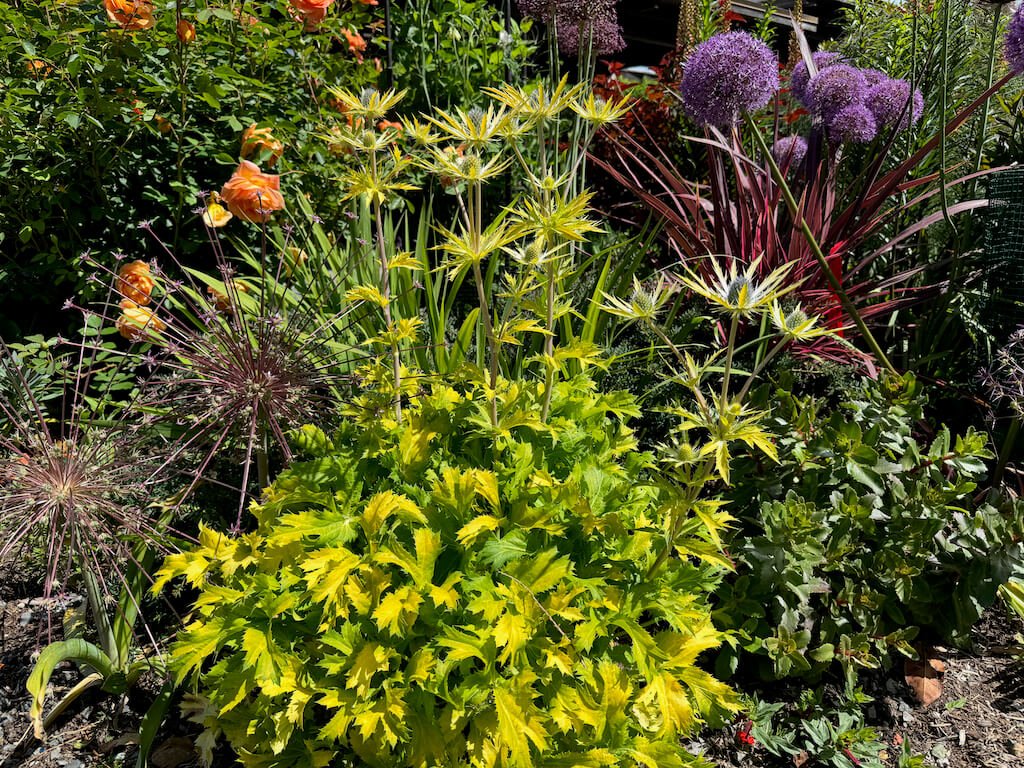 Image 2 of 3
Image 2 of 3

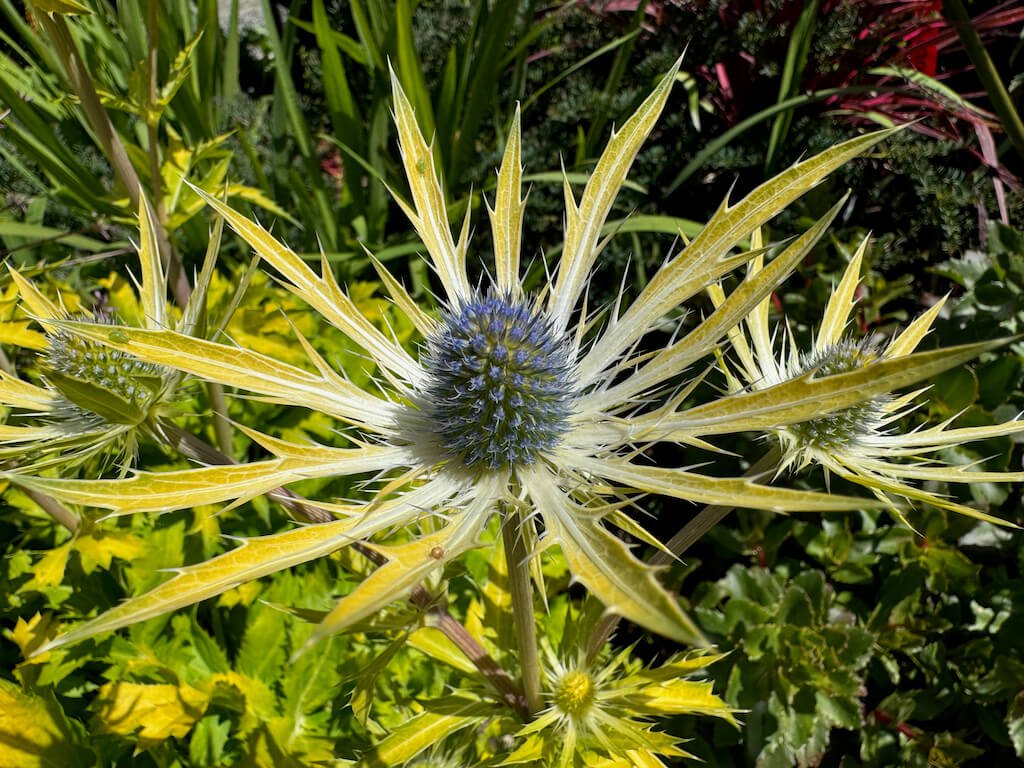 Image 3 of 3
Image 3 of 3




Eryngium x zabelii 'Neptune's Gold' | Neptune's Gold Sea Holly
DESCRIPTION
Eryngium × zabelii 'Neptune's Gold' is a hybrid sea holly known for its distinctive golden foliage and vibrant blue blooms. Throughout the summer months, it showcases egg-shaped clusters of blue-violet flowers, each encircled by spiny, variegated bracts that transition from silvery blue at the base to gold at the tips.
'Neptune's Gold' thrives in full sun and is drought-tolerant once established. It is also deer-resistant and attracts butterflies, making it a valuable addition to gardens seeking both beauty and resilience.
DESCRIPTION
Eryngium × zabelii 'Neptune's Gold' is a hybrid sea holly known for its distinctive golden foliage and vibrant blue blooms. Throughout the summer months, it showcases egg-shaped clusters of blue-violet flowers, each encircled by spiny, variegated bracts that transition from silvery blue at the base to gold at the tips.
'Neptune's Gold' thrives in full sun and is drought-tolerant once established. It is also deer-resistant and attracts butterflies, making it a valuable addition to gardens seeking both beauty and resilience.
DESCRIPTION
Eryngium × zabelii 'Neptune's Gold' is a hybrid sea holly known for its distinctive golden foliage and vibrant blue blooms. Throughout the summer months, it showcases egg-shaped clusters of blue-violet flowers, each encircled by spiny, variegated bracts that transition from silvery blue at the base to gold at the tips.
'Neptune's Gold' thrives in full sun and is drought-tolerant once established. It is also deer-resistant and attracts butterflies, making it a valuable addition to gardens seeking both beauty and resilience.
-
Family: Apiaceae
Height: 18 to 24 inches
Width: 9 to 12 inches
Foliage color: Bright yellow, maturing to gold with green hues
Flower color: Bright blue
Bloom time: Mid to late summer
Light requirements: Full sun
Water requirements: Low; prefers well-drained, dry soils
Maintenance: Low; drought-tolerant, deer-resistant, and benefits from deadheading to maintain appearance
Growing zone: USDA zones 4 to 9
Wildlife attractors: Bees and butterflies

